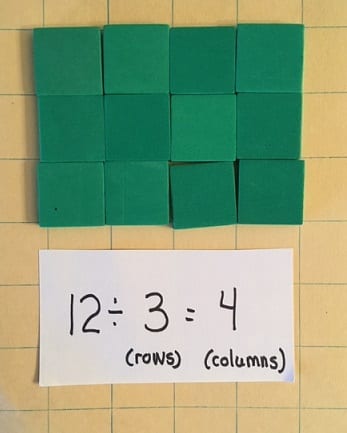This blog may be updated as the week goes along!
No Excuse Words:
divisionNo Excuse Words:
divide
geographic
social
cultural
goals
similarities
differences
communities
quality of life
Housekeeping:
Thank you for coming to our Celebration of Learning, and all the kind words and emails. Our students worked so hard :)
Thursday, March 12 – System Open to Parents at 5:00 p.m.
Tuesday, March 17 – System Closed to Parents at 11:59 p.m.
P.E. Note from Ms. Hennick:
ROS Students are currently participating in a ‘Circus’ unit in PE class. We are learning a variety of new tricks using various equipment such as juggling sticks, scarves, hula hoops, spinning plates, diablos, tossing rings and juggling clubs. Students are encouraged to check out the Youtube channel, the National Circus Project. Below is a list of videos that students can watch to inspire them to try new tricks while in the gym. We are very excited about this unit! Thanks for your support!
***Beginner videos are a great starting point***
Devil Sticks (juggling sticks), Scarf Juggling, Hoops, Plates, Diablo
Math:
Division Basics:
Arrays and Area Model

Students as young as first grade actually start thinking about division when working on fraction standards such as: Determine fair share — equal parts. Most students have had practical experience with dividing sets of objects in their real life to share with friends, classmates, or family (cookies, pizza, crayons, money, pieces of paper). So now our job as teachers is to relate this real-life experience with the division algorithm.
Much like multiplication, there are different aspects of division students should be familiar with:
- Arrays
- Equal Groups
- Repeated Subtraction
- Number lines
- Skip counting
- What is an array? An array is a rectangular model made up of rows and columns. When an array is constructed, the factors are represented by the number of rows and columns. So, do your students know the difference in a row and column? (Rows go horizontally, while columns are vertical.) These are important math terms students should be using.
- Give students experience constructing arrays with manipulative objects (tiles, chips, cubes, etc.):
- You can be specific, such as: “Build an array using a total of 12 tiles. Put them in 3 rows. How many columns did you create?” In this scenario, there is only 1 way to show this array. Students would be modeling 12 ÷ 3 = 4. Twelve is the dividend (the total amount you started with). The # of rows is the divisor (how it was divided). The quotient is the result (in this case the # of columns).
- You can also be a little more open-ended such as: “Build an array using 12 tiles. Is there more than one way to do this?” If students are given the opportunity to explore, they hopefully find arrays such as 3 x 4; 4 x 3; 2 x 6; 6 x 2; 1 x 12; or 12 x 1. Students would be modeling 12 ÷ 4; 12 ÷ 2; 12 ÷1, etc.

- You can be specific, such as: “Build an array using a total of 12 tiles. Put them in 3 rows. How many columns did you create?” In this scenario, there is only 1 way to show this array. Students would be modeling 12 ÷ 3 = 4. Twelve is the dividend (the total amount you started with). The # of rows is the divisor (how it was divided). The quotient is the result (in this case the # of columns).
- Give students experience drawing arrays:
- You can be specific or open-ended (as above).
- Children can free-hand draw or use grid paper. If using grid paper, then these can be cut out and displayed as “Different ways to divide 12.”
 After the array is made, ask questions or explore more such as:
After the array is made, ask questions or explore more such as: - How many 3’s are in 12? (count the columns)
- How many 4’s are in 12? (count the rows)
- Circle the rows and / or columns to see the groups more easily.
- Help children make up story problems to match the array: “I have 12 desks that I need to arrange in 3 rows. How many desks will be in each row?” or “I need to put 12 books equally onto 3 shelves. How many books will go on each shelf?"






Comments
Post a Comment